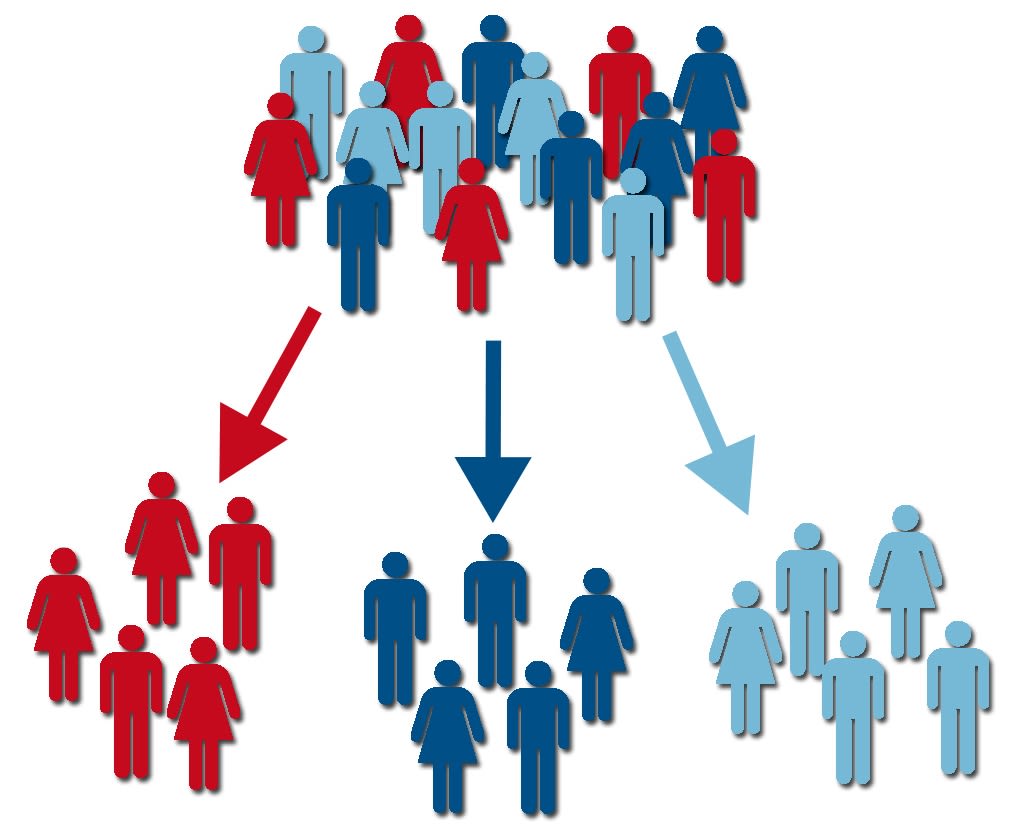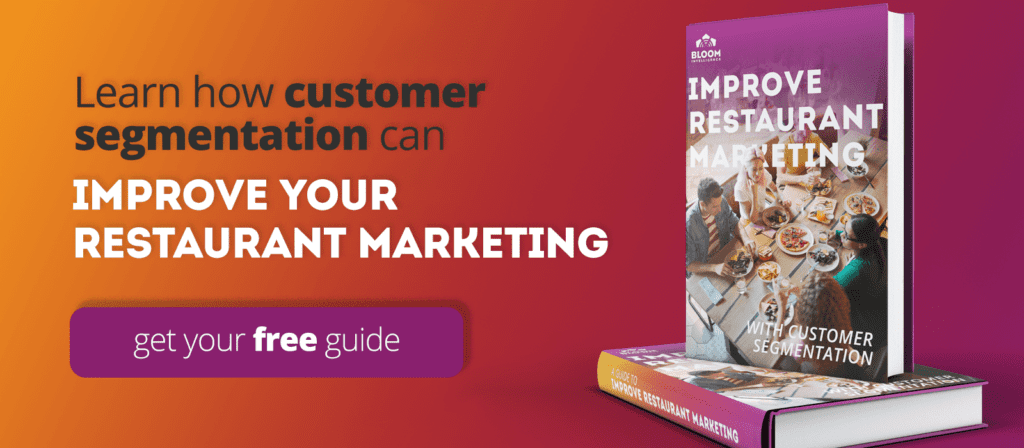
Restaurant customer segmentation is incredibly valuable to a strategic marketing program. It increases ROI and improves guest experiences.
When you know who your guests are, you can segment them according to their similarities and differences, then your marketing messages can target each group with appropriate and specific messages that will best engage them.
No matter your call to action — a return visit, a Facebook like, or something else — a targeted communication approach will be more successful than blasting the same message to every guest in your database.
In addition to calls-to-action, segmentation and target marketing will better engage your patrons, build loyalty, increase customer lifetime value, and improve your return on investment.
Here’s how it might work.
Let’s say you have identified a customer segment that dines with you once a week. These loyal guests might enjoy a special perk or coupon for referring friends or writing a restaurant review on Google.
Customer buying history provides another option for segmentation. Think how special your guests will feel if you communicate to them about the things they purchase from you.
For example, a restaurant’s steak lovers will love to hear from you about a new menu item with a unique preparation or cut.
When you integrate customer segmentation data with point-of-sale data you have a golden egg.
For instance, customers love your gratitude for their patronage. Sending an email thanking a guest shortly after a visit to the restaurant, and including a targeted promotion, will likely yield higher success of the offer than sending the same promotion at a random time.
When you have access to a tool that can show you both customer spending habits and visit frequency, you have all you need to create some simple but powerful campaigns based on basic restaurant customer segmentation.
Since your high-frequency / low-expenditure customers are unlikely to increase their visit frequency, you can send them offers to encourage them to try new items or add an appetizer or dessert. Meanwhile, promotions for your big spenders can be focused on getting them to return more often.
The more you know about your guests the more ways you can segment your database to appeal to their individual preferences.
Targeted messages make for more loyal customers. Loyal customers make for higher customer lifetime values. Higher customer lifetime values make for more profitable restaurants.





.svg)